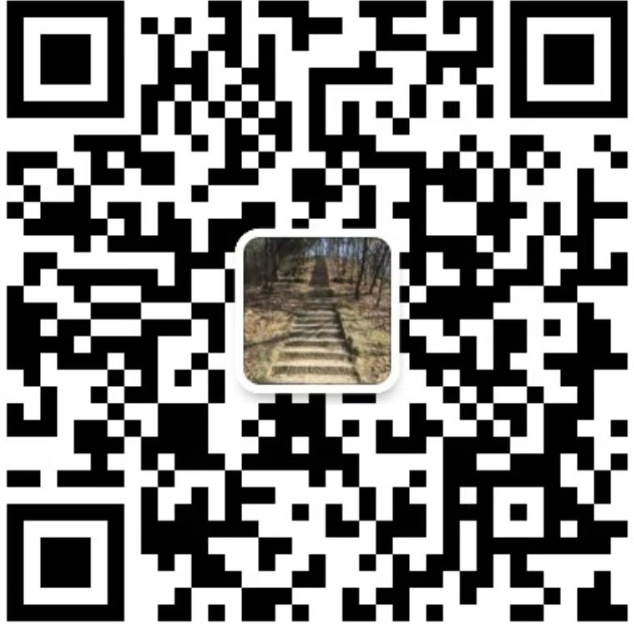Installation method of first generation automotive wheel hub bearings
seo:http://en.xcwlbearing.com/news1079191.html date:2025/9/19 13:00:00
The installation of the first generation car wheel hub bearings must follow strict operating procedures, with the following core steps and precautions:
1. Installation steps
Preparation work
Tools and equipment: Ensure that the lifting machine, wrench, screwdriver, socket, puller, pressure machine, clamp, and other tools are complete and in good condition. If there is a lack of specialized tools, newly removed waste bearings can be used as substitutes for pads. Vehicle fixation: Drive the vehicle onto the lift and secure it safely, remove the front wheels to expose the work area.
Disassemble the old bearing
Remove the half shaft nut: another person needs to step on the brake pedal to provide reverse torque to prevent the half shaft from rotating.
.Separate the braking and steering system: Remove the brake caliper (suspended on the vehicle body), the steering rod ball nut (separated with ball pliers), and the connecting bolts between the steering knuckle and the shock absorber/lower swing arm.
.Remove the old bearing:
Use a special tool or sleeve to push the wheel hub out of the steering knuckle, and the inner ring of the bearing will fall off with the wheel hub.
.Use a puller to remove the inner ring of the bearing on the wheel hub.
Use clamp pliers to remove the positioning clamps on both sides of the steering knuckle bearing seat hole.
. Use a press and circular pads to press the old bearing vertically out of the steering knuckle, avoiding tilting.Cleaning and Lubrication
Clean the bearing seat holes on the steering knuckle to ensure that there are no impurities, dirt, or old lubricating grease.
.Apply special lubricating grease fully to the seat hole to facilitate the installation of new bearings and reduce wear.
.Install new bearing
Press in new bearing:
Place the new bearing into the seat hole, use the old bearing outer ring as a cushion block, and press it vertically with a press to ensure that the bearing outer ring is evenly stressed.
. After the bearing is fully pressed in, install one side retaining spring for positioning.Installing wheel hub:
Use the old bearing inner ring as a cushion block, press the wheel hub into the bearing, ensure that the inner ring is evenly stressed, and avoid damage.
.Install the other side retaining spring and fix the wheel hub position.
.Check installation status: Rotate the wheel hub to confirm that it rotates smoothly without any abnormal noise, and also check if the oil seal is intact.
. Reset and tightenInstall the steering knuckle, brake caliper, steering rod, and other components in reverse order of disassembly.
.Strictly tighten the bolts according to the torque specified in the vehicle maintenance manual:
Connecting bolt between the steering knuckle and the lower swing arm: 35 N · m
Connecting bolt between the steering knuckle and the shock absorber: 95 N · m
Bottom nut of the steering rod: 35 N · m
Tire bolt: 110 N · m
Install the self-locking nut at the end of the half shaft and tighten it to the specified torque (such as 265 N · m). If necessary, ask others to assist in providing reverse torque.
.II. Key precautions
Do not strike the bearing: Under no circumstances should you use a hammer to strike the bearing, in order to avoid damaging the raceway or seat hole and causing early failure.
. Cleaning environment and tools: Before installation, ensure that the working environment is dry and dust-free, and that the tools are clean and free of impurities to prevent particles from entering the bearings and shortening their lifespan.To avoid damage to the magnetic coding ring: If the bearing is equipped with an ABS magnetic coding ring, it should be kept away from the magnetic field (such as electric tools), and the magnetic side should be ensured to face the inside of the wheel during installation.
. Tightening torque specification: Strictly tighten bolts according to the torque specified in the vehicle manual. Over tightening may cause parts to break, while over loosening may cause loosening or abnormal noise.Pre tightening adjustment (if necessary): Some car models need to adjust the pre tightening of the wheel hub bearings by rotating the wheel hub and tightening the adjustment nut to the specified range (if tested by pulling with 200-300 Nm force, the wheel hub can rotate slightly and stop). Pair replacement suggestion: Due to similar working conditions, even if only one of the front wheel hub bearings is damaged, it is recommended to replace them in pairs to ensure balance.


 CN
CN


